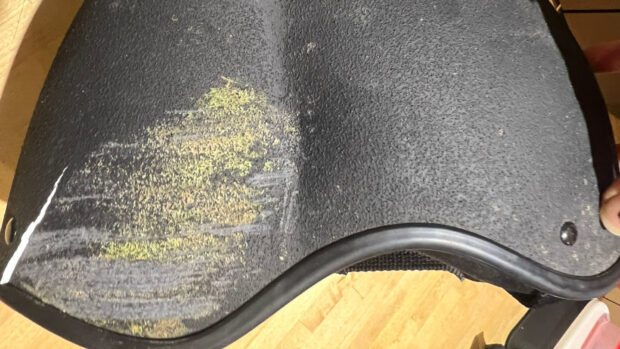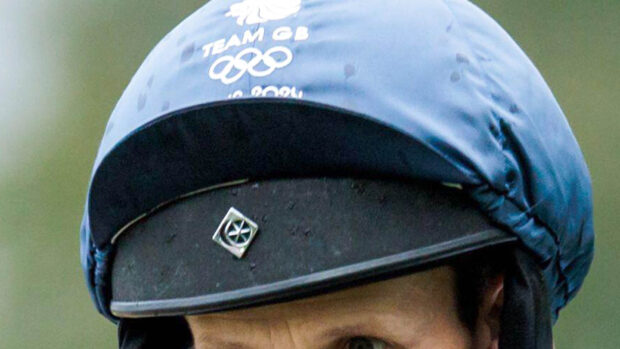Despite one of the most exciting finishes for years, the 2012 John Smith’s Grand National was marred by the deaths of two of the highest-profile horses in the field.
The deaths of two home-breds – Cheltenham Gold Cup winner Synchronised and According To Pete – left many viewers with a bitter taste.
Coming immediately after last year’s troubling scenes, the public and press reaction to the race was dominated by these losses. Further changes to the race now seem inevitable.
Despite extensive new safety measures brought in for 2012, the race recorded the same number of fatalities as last year.
Synchronised – who was bidding to become the first horse since Golden Miller in 1934 to do the Gold Cup/Grand National double – fell at Becher’s on the first circuit.
He carried on jumping riderless before fracturing a hindleg a few fences later. According To Pete was brought down at Becher’s on the second circuit, also fracturing a leg.
Several changes to fences and topography – including reducing the drop on landing at Becher’s Brook – were in place this year, as well as stricter entry rules for horses and jockeys.
The review last year found there was “currently no need” to reduce the maximum number of runners from 40.
But this is a factor that many now want re-examined, including BBC racing anchor Clare Balding and the owner of According To Pete.
Others, including H&H columnist Choc Thornton, questioned how to deal with the problem of loose horses.
The British Horseracing Authority (BHA) is undertaking a review, but will not rush into any “knee-jerk” reactions.
“It would be premature to suggest that modifications have not been effective or will not yet prove to be effective,” said Paul Bittar of the BHA.
“The evidence indicates that improvements in safety made over the years have led to an overall decrease in injury and fatalities.”




